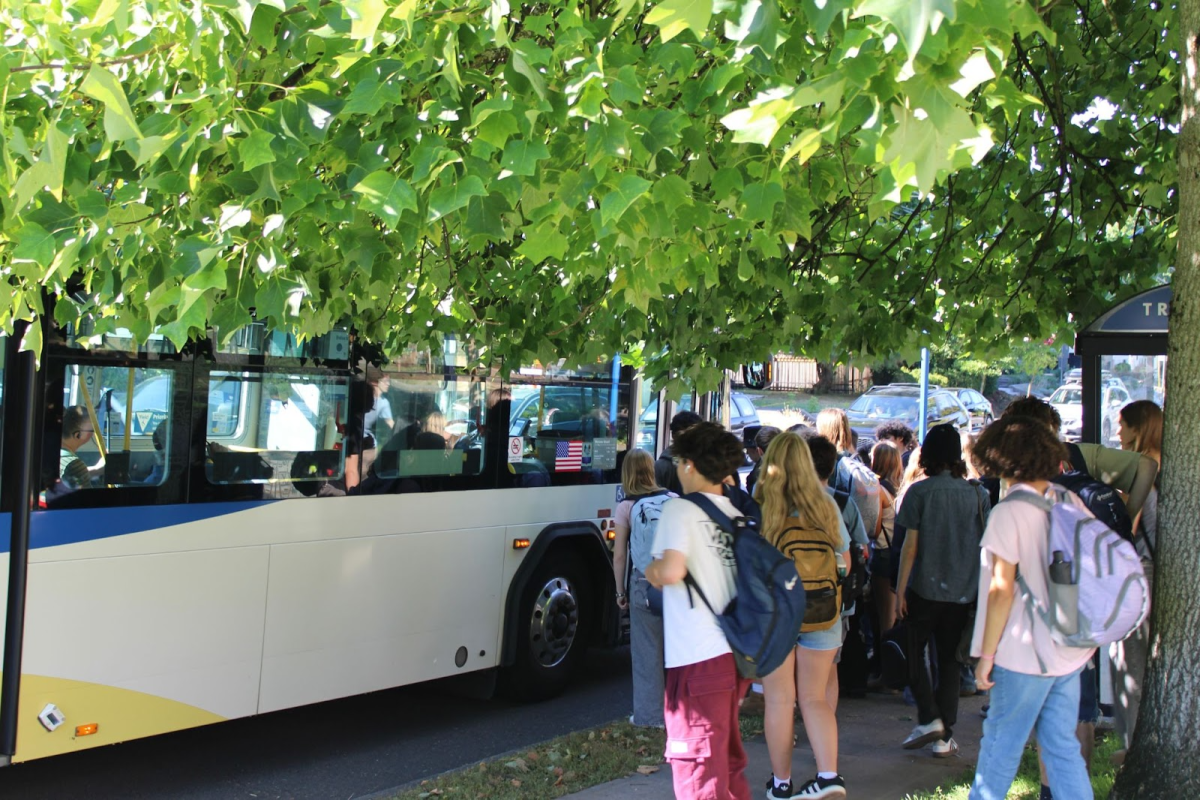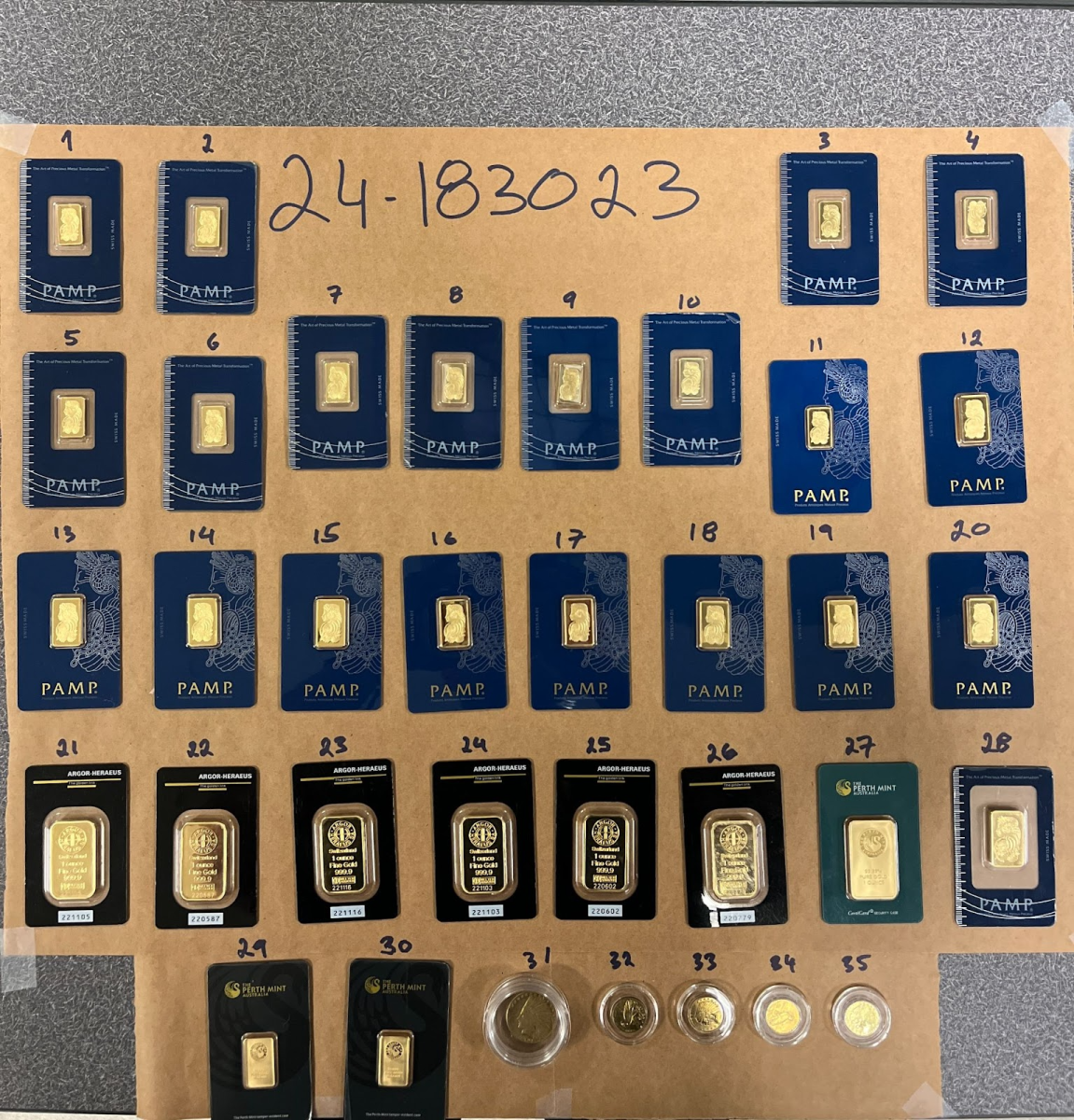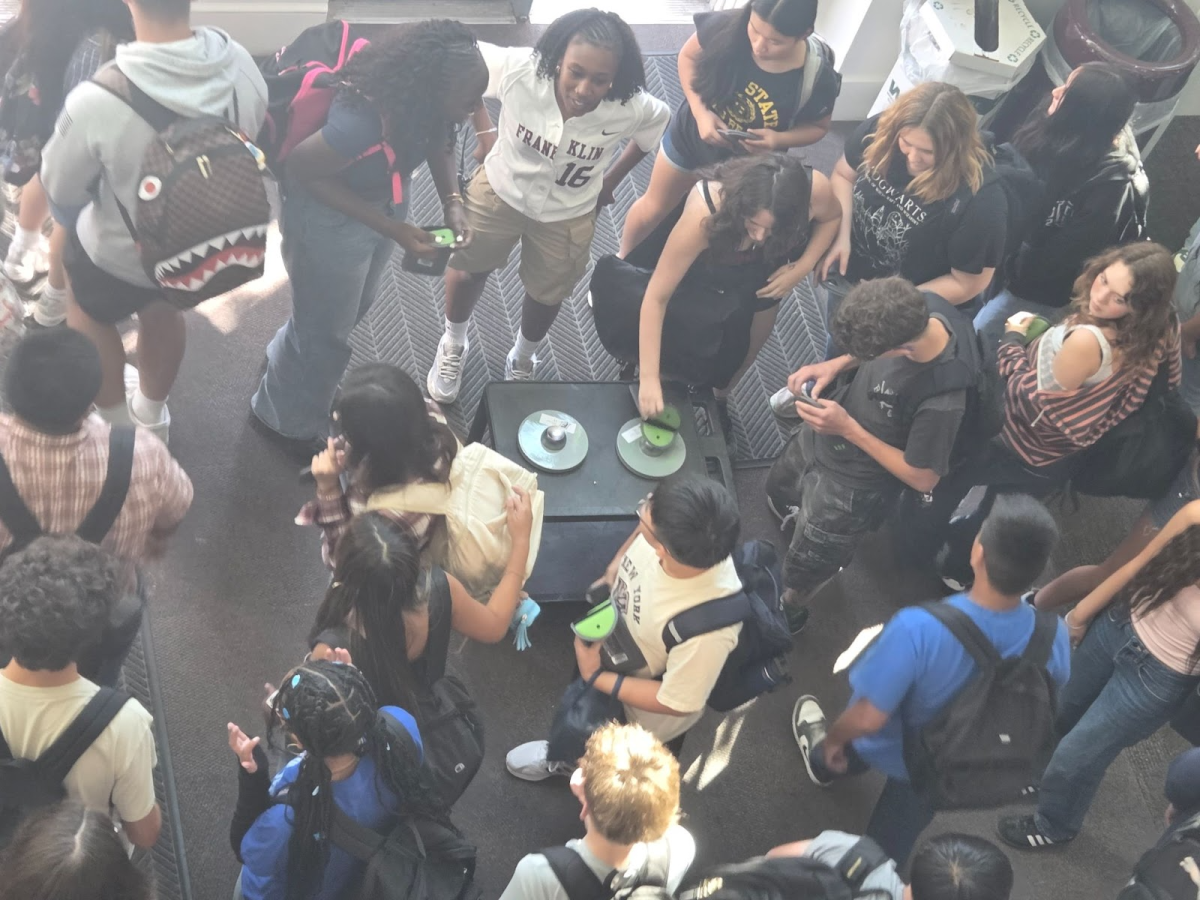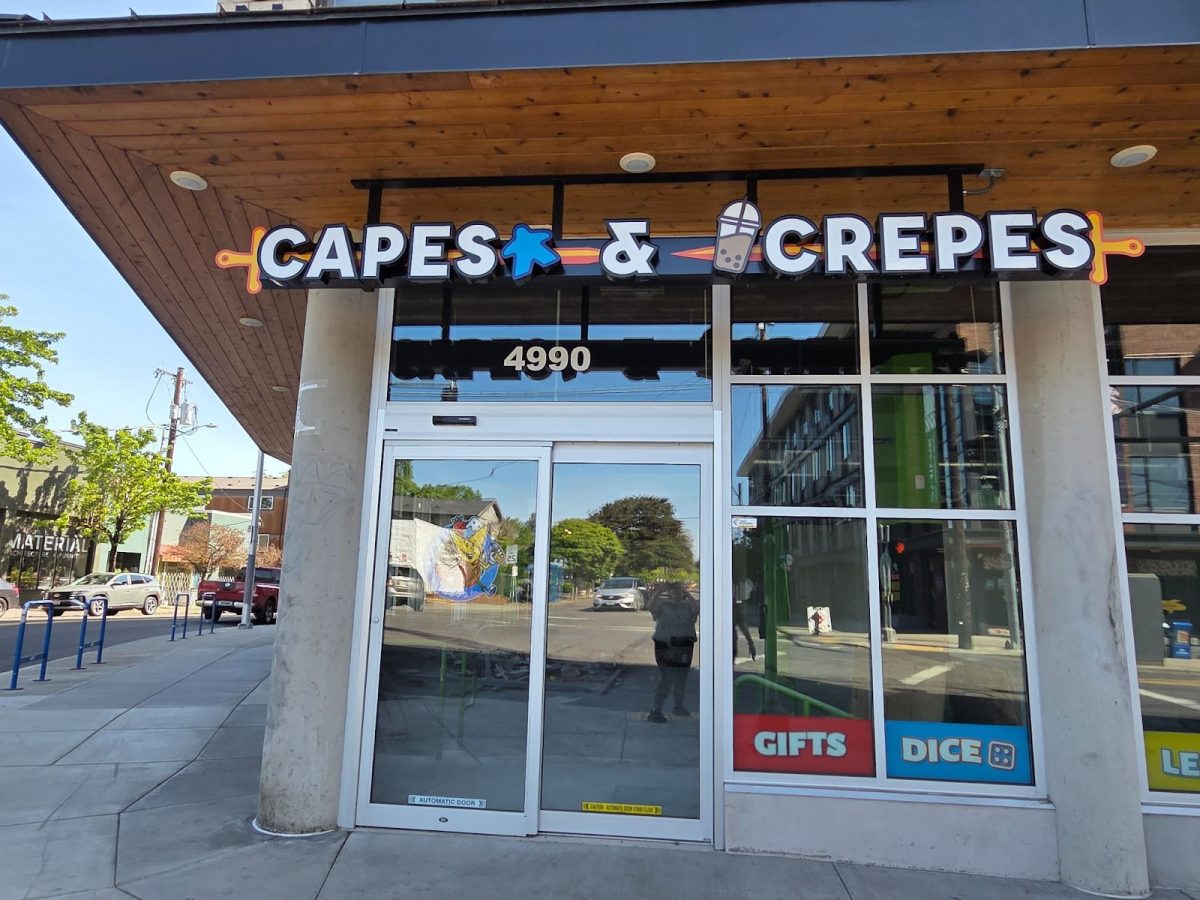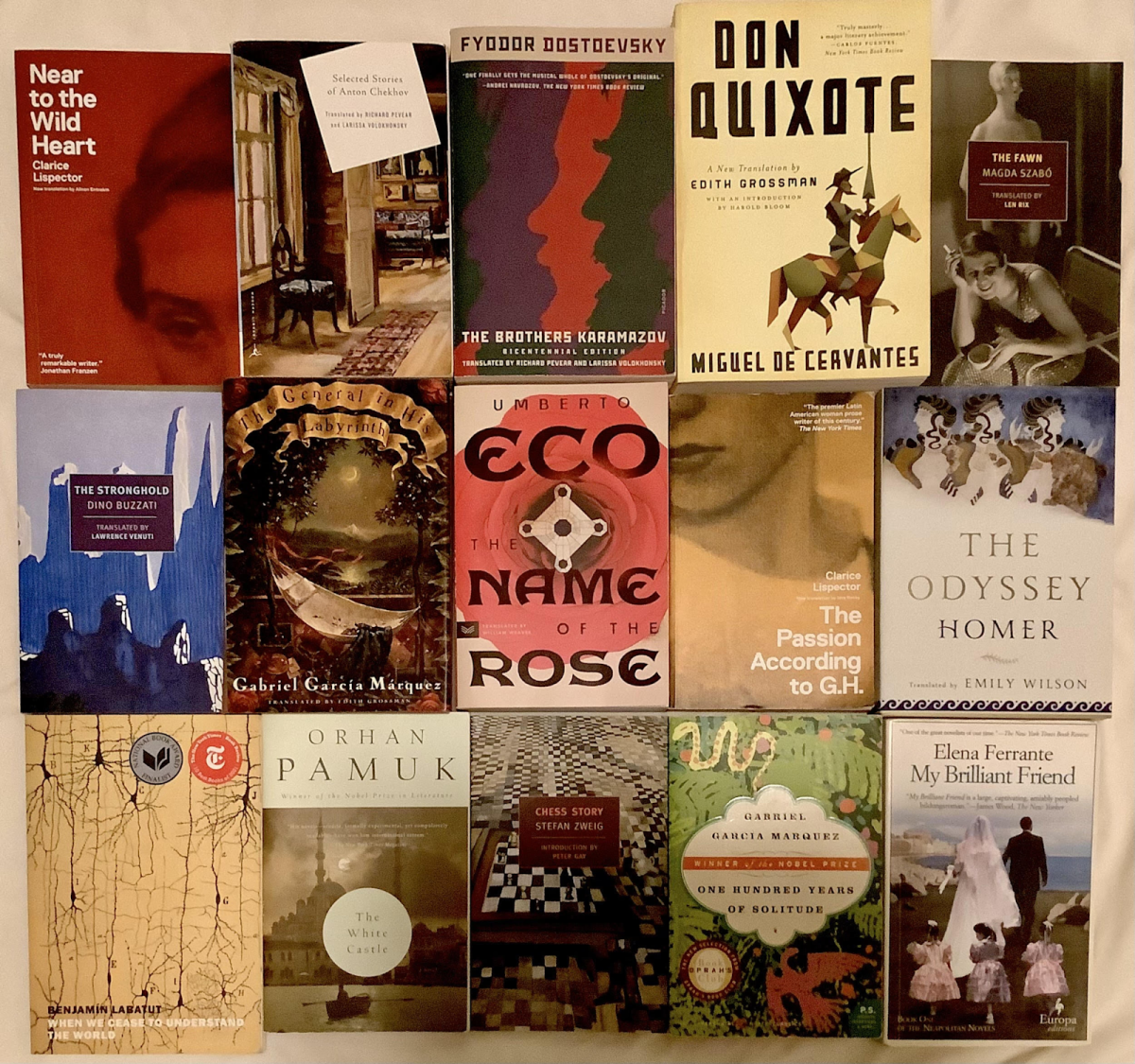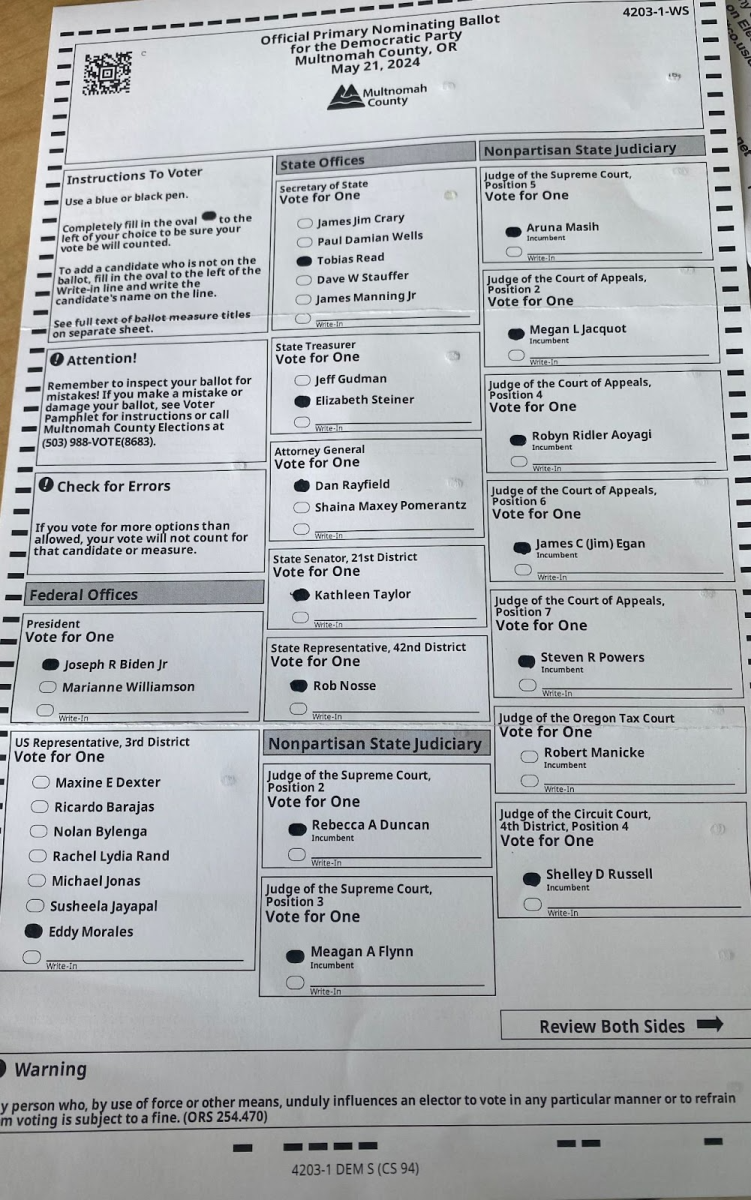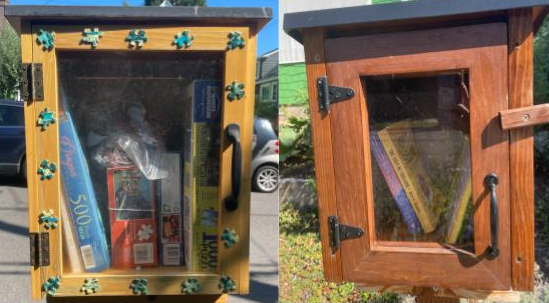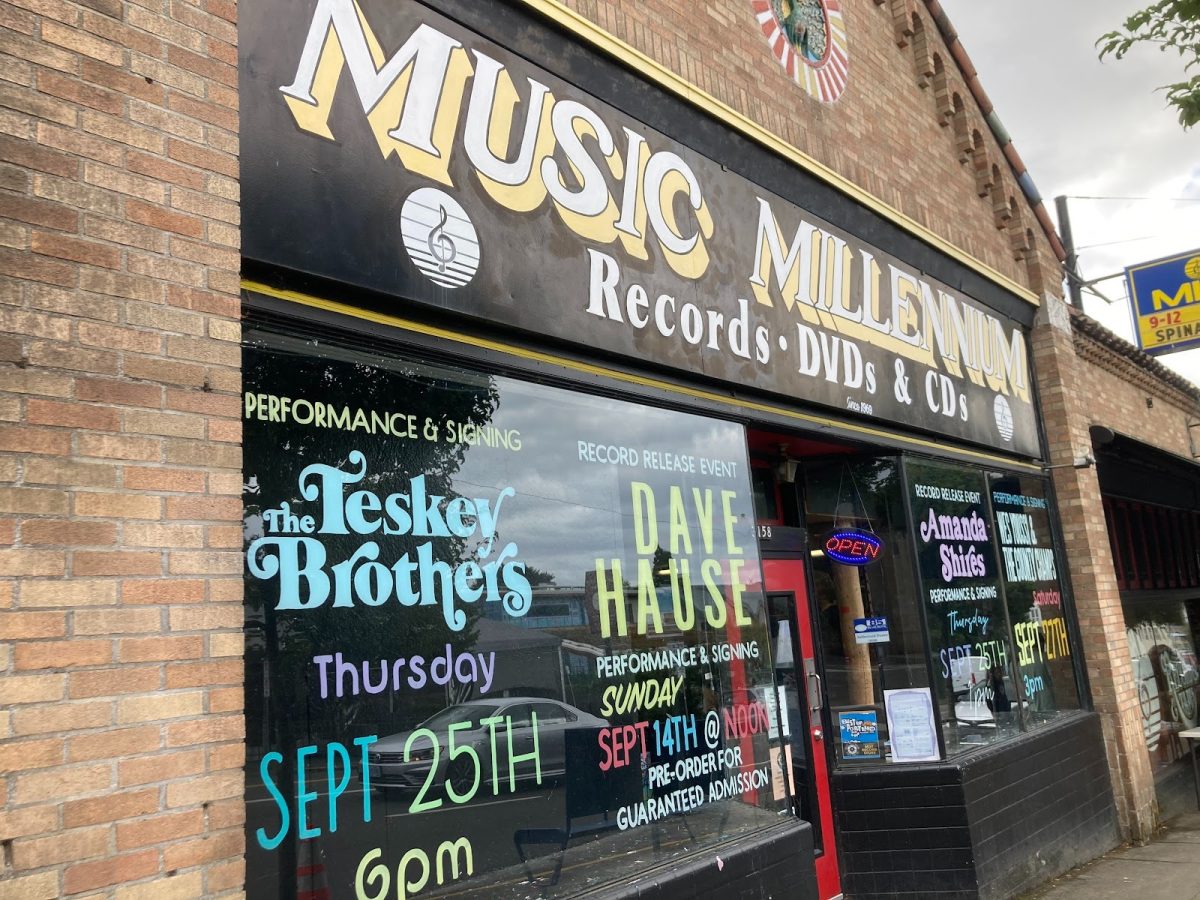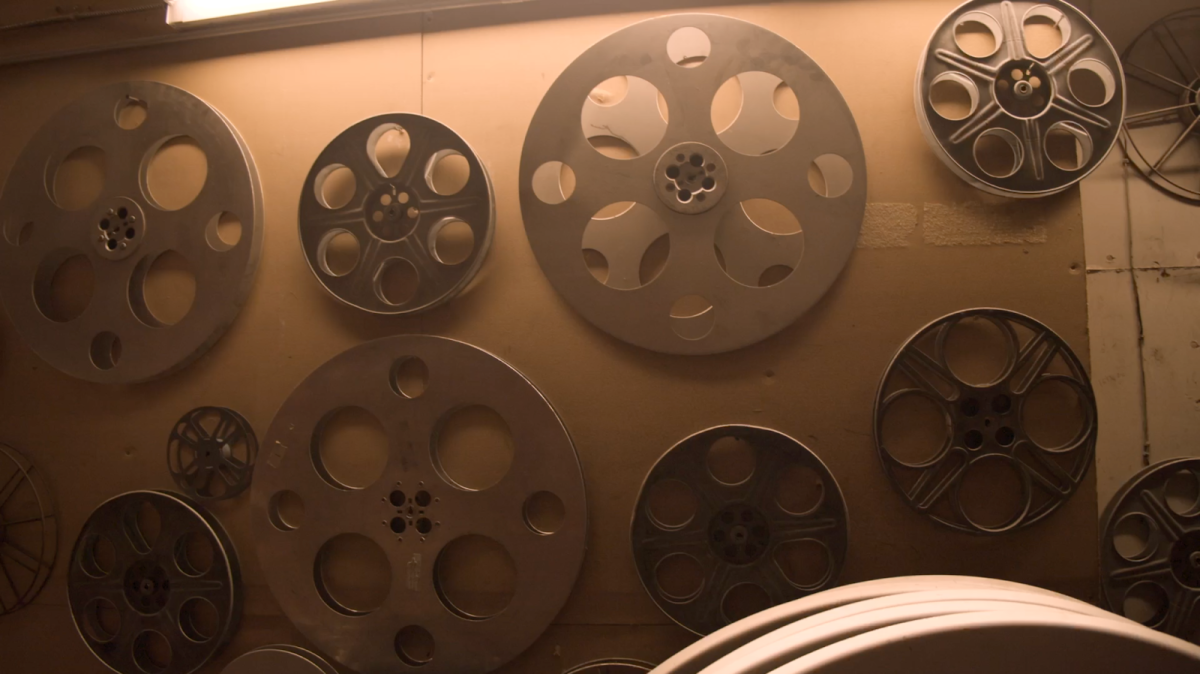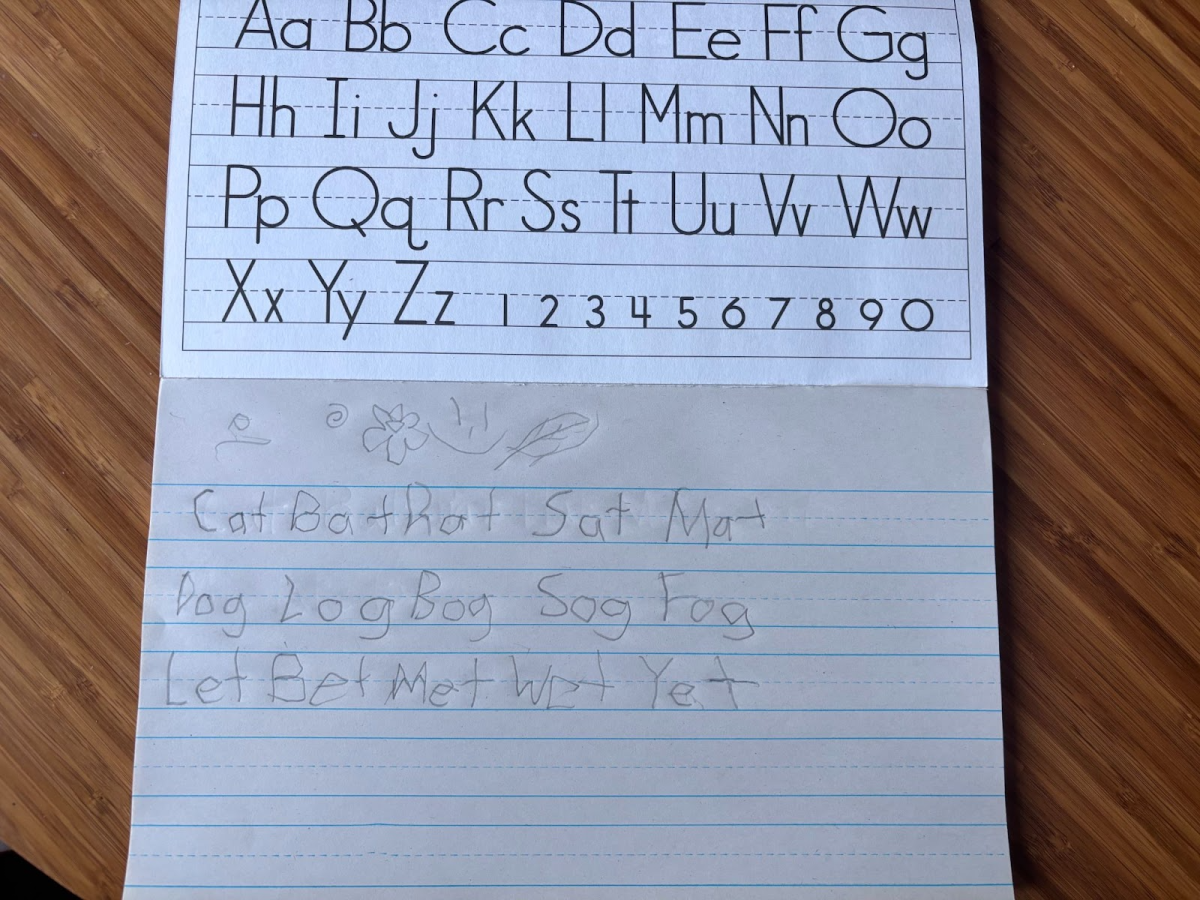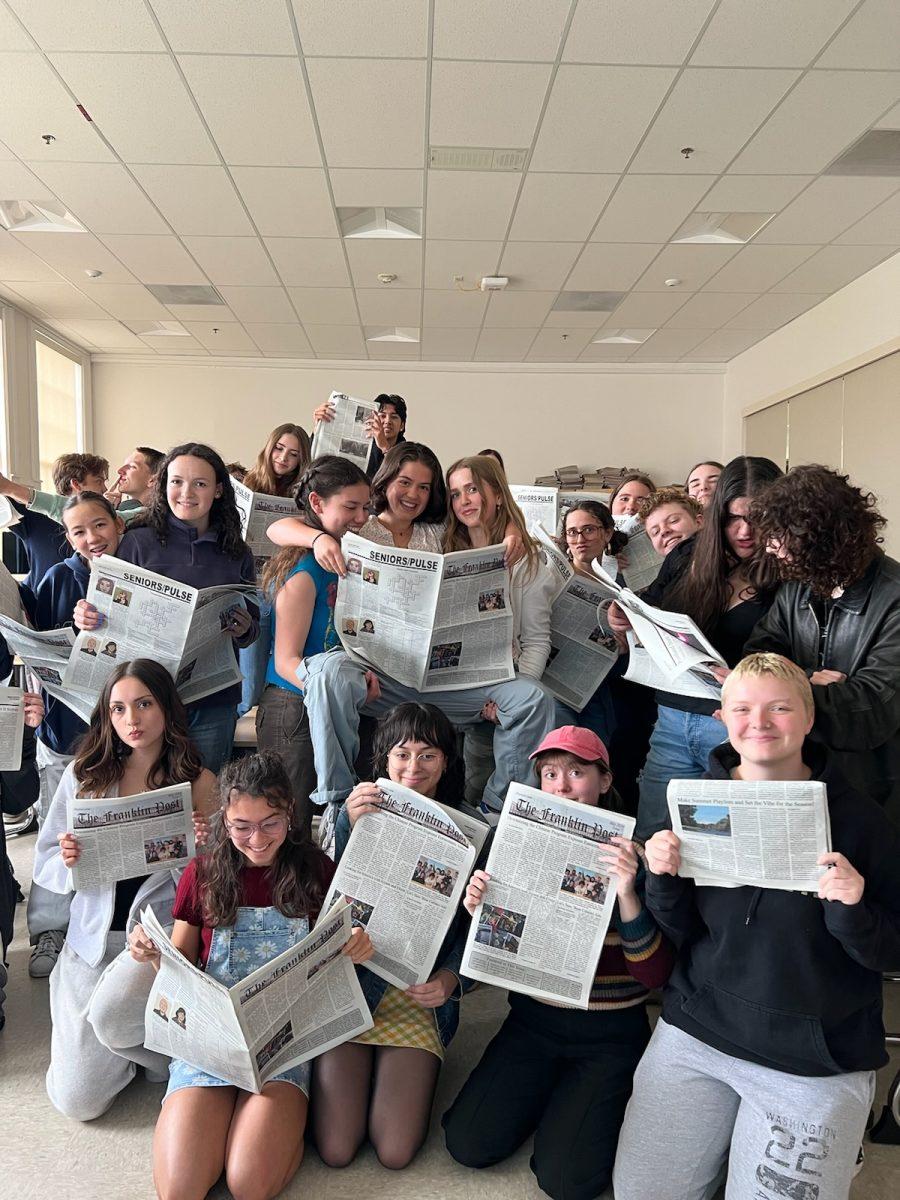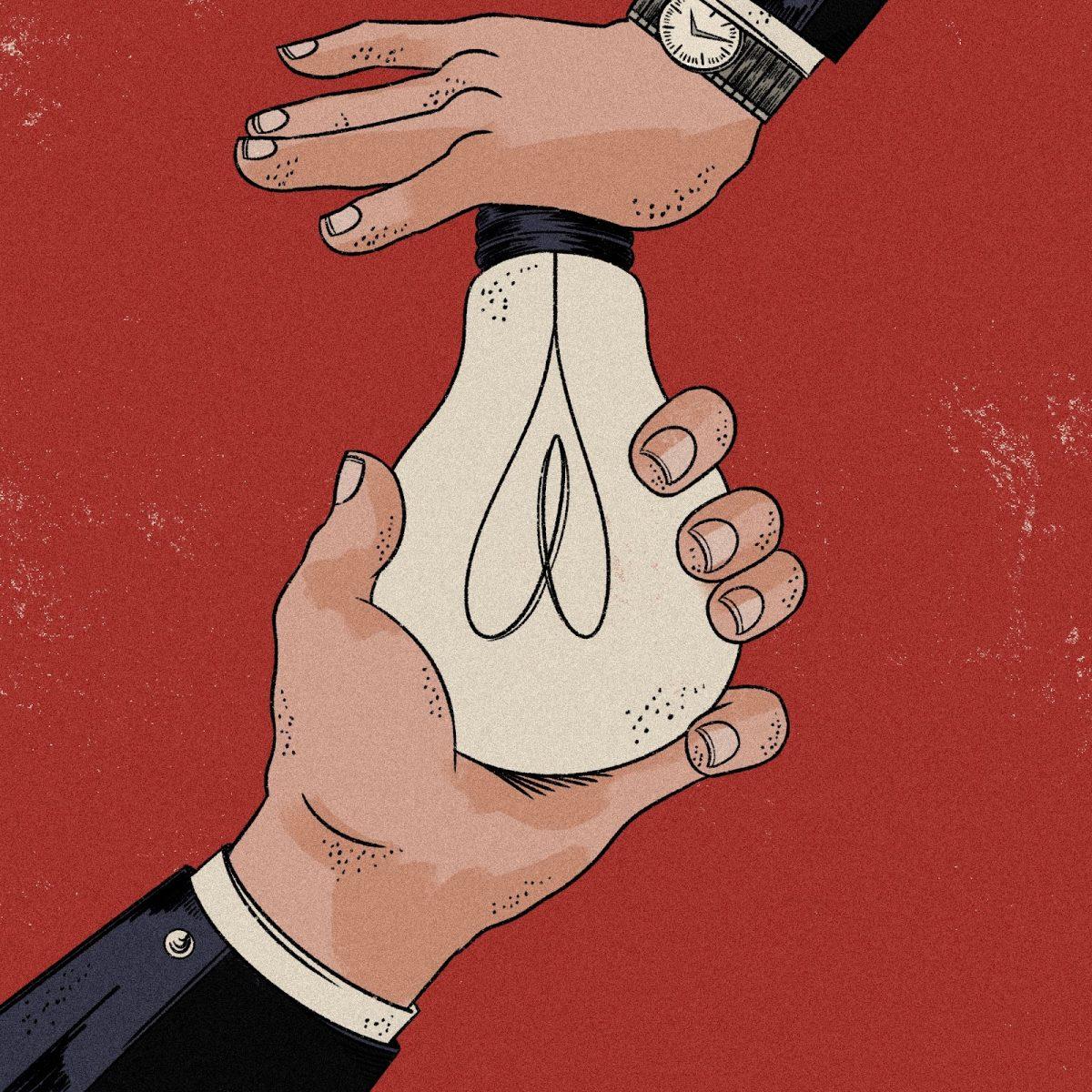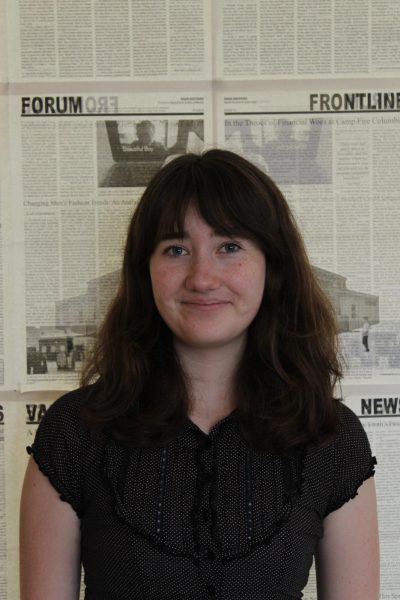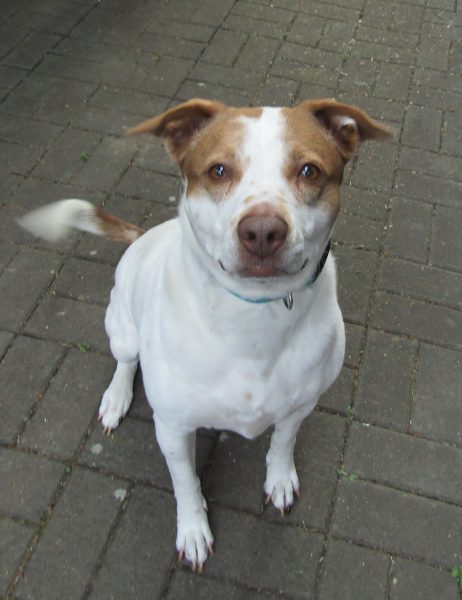
What do singer and actress Barbra Streisand, California vineyard owner Art Murray, and former New York Police Department officer John Mendola all have in common? At first glance, each individual may appear completely different. What connects them, surprisingly, isn’t any personal trait, but rather the fact that they each own a cloned pet.
Pets are an essential part of American life. Even if you didn’t own a pet growing up, chances are you’ve pet a classroom hamster, fed a best friend’s fish, or walked the neighbor’s dog. According to a survey by the American Veterinary Medical Association, as of 2024, 77.6% of U.S. households owned a dog or cat. These animals have become integral to families across the world, providing comfort and companionship. Though the bond between a human and their pet may seem inseparable, the fundamental divide in terms of lifespan between the species is often highlighted when pets die.
It is often quite traumatic when an animal so beloved is too quickly snatched up by the hands of time. Some pet owners may choose to express their grief by holding a memorial, donating to a local shelter, or simply taking time to experience their sorrow. However, lately, some are trying to provide new choices for pet owners following their pet’s death.
“The idea of seeing a pet’s familiar face, mannerisms, or behavior again can be deeply healing,” says Eric Li, chief operating officer at PETernity Genetics, a pet cloning company based in Idaho with laboratory facilities in Sunnyvale, CA. “It taps into our very human struggle with loss, memory, and identity.” Science is changing how pet owners may grieve the loss of their pet, Li included. He was drawn to pet cloning when his own dog became sick, prompting him to research the process. Having had his pet cloned, Li says he is “totally satisfied” with the results.
Pet cloning isn’t a form of life extension. As Blake Russell, president of Texas-based cloning company ViaGen Pets & Equine, puts it, “We are not in the business of avoiding death. … [ViaGen’s] services offer an opportunity for our clients to begin the healing process and move forward.” Following the death of Barbra Streisand’s dog Samantha in 2017, the company produced two clones for the singer. Such services can offer joy and excitement, important things “in today’s world, [where] we need more happiness,” says Russell.
The process of pet cloning involves the sampling and culturing of animal cells in order to create a replicant animal. “ViaGen Pets is a shining example of how technology can improve lives,” says Russell. In order to commence the cloning process, cells from the original pet must be collected, a relatively simple sampling procedure. A biopsy punch is used to extract a small piece of skin from the pet, which is then promptly sent to a lab. “There’s no second chance to sample,” says Li. The urgency of the procedure warrants the international locations of PETernity Genetics. “We have to operate internationally … because we have to provide solutions for clients,” explains Li.
After one of the company’s laboratories receives the sample, they culture cells. “We do cell culture to develop the cell line from the tissue sample. This is the most critical step. Once we have the cell line cultured successfully, we can clone at any time in the future,” describes Li. “Then the cell lines can be shipped to a cloning facility, where the clone’s embryo can be established. Then the embryo is transferred to establish pregnancy.”
“Surrogate animals carry the cloned pets to birth, with pregnancy lasting about two months,” says Li. “We use dogs raised for scientific research for pharmaceutical companies, [which we] purchase as surrogate dogs.” After acting as a surrogate for a cloned pet, Li says PETernity Genetics looks for families to adopt the dogs. “In some cases, clients want to adopt surrogate mothers,” notes Li.
The science behind animal cloning has seen substantial development over the last 20 years. “The vision has been growing steadily,” says Li. In 1996, Dolly the Sheep — the first mammal to be cloned from an adult cell — was developed by researchers at the University of Edinburgh’s Roslin Institute. Dolly’s existence proved something previously thought impossible: successful genetic replication of an animal. This discovery launched animal cloning into the spotlight, newly subject to international attention and dispute. Then in 2005, the first dog, named Snuppy, was cloned in South Korea at Seoul National University. Four years later, a Florida couple went through the process of genetically preserving their late dog Sir Lancelot to create its clone, Lancey. BioArts International, the company responsible for the creation of Lancey, called him the world’s first commercially cloned dog. Since 2005, over 2,000 dogs have successfully been cloned, reports the New Yorker.
Since then, with scientific progression and increased interest in the subject, pet cloning has become more commercially available. Virtually anyone can become the owner of a cloned pet — provided they pay up.
ViaGen charges $50,000 for dog cloning, plus added fees for genetic sampling and preservation. Though the process is costly, Li remarks, “Pet cloning gives people a chance to hold onto a companion that played a major role in their lives. For some, that continuity is priceless.” He expresses that a main limitation to the expansion of cloning services is the relative obscurity that still surrounds the process. “Maybe more than 90% [of people] don’t know anything about pet cloning, [they] don’t know they have that option. If we have more people in the market who know about pet cloning, the market size can be doubled,” Li adds.
Cloning creates a genetic twin with DNA identical to the original. Though cloned pets may share a close resemblance to their predecessor, behaviorally, they are not always exact replicas. Firstly, Li remarks, pets become members of a family and cannot be replaced. “Each pet, like kids, has their own character,” he says. However, if raised in a similar environment, the clone’s character can be very close to the original’s.
“Pet cloning is important because it pushes the boundaries of what’s possible in biotechnology and raises big questions about life, death, and legacy,” professes Li. The expansion of these boundaries is not welcomed by all. In 2005, California attempted to ban animal cloning, worried about the impact on animal shelters. Though the law was voted down, the controversy has largely remained. The American Society for the Prevention of Cruelty to Animals (ASPCA) has called for a moratorium on the research, promotion, and sale of cloned and bioengineered pets, citing concerns with the ethicality of cloning procedures and health issues with cloned animals. Li maintains that PETernity Genetics “has never observed medical risks for the clone[s]” and “treats all animals involved in the process responsibly.” Today, the pet cloning industry remains largely unregulated, with no laws prohibiting the process in the U.S.
Despite these concerns, cloning technology is intriguing not just for its ability to address bereaved pet owners, but also for its possible application in conserving endangered species. In 2024, the U.S. Fish and Wildlife Service announced that a cloned black-footed ferret, an endangered species, had given birth to two healthy offspring.
Aside from conservation, the cloning process has also been proposed as a method of reviving extinct species. In 2024, Colossal Laboratories and Biosciences produced two healthy wolf pups — a genetically-modified grey wolf hybrid created to share characteristics with the dire wolf, which went extinct around 10,000 years ago. The company has similar plans for the long-extinct wooly mammoth. As both Li and Russell explain, the science backing pet cloning can be quite useful to conservation efforts by “deepening our understanding of genetics,” says Li.
Animal cloning holds the potential to completely change the relationship between humans and the natural world. In this rewritten future, Li sees the potential for pet cloning to “become normalized, just like [in vitro fertilization] once did.” Expressing and debating concerns over this process are vital to its future, allowing scientists and pet owners alike to navigate the larger medical and ethical implications. When we alter the circle of life, there could be consequences we cannot foresee. Though potential risks and ethical and pragmatic debates may surround pet cloning for a long time to come, the future, including revolutionary scientific development, is barreling towards us. Clone or not, who better to have by your side as you face the future than the trusty, lovable creature that is man’s best friend?

